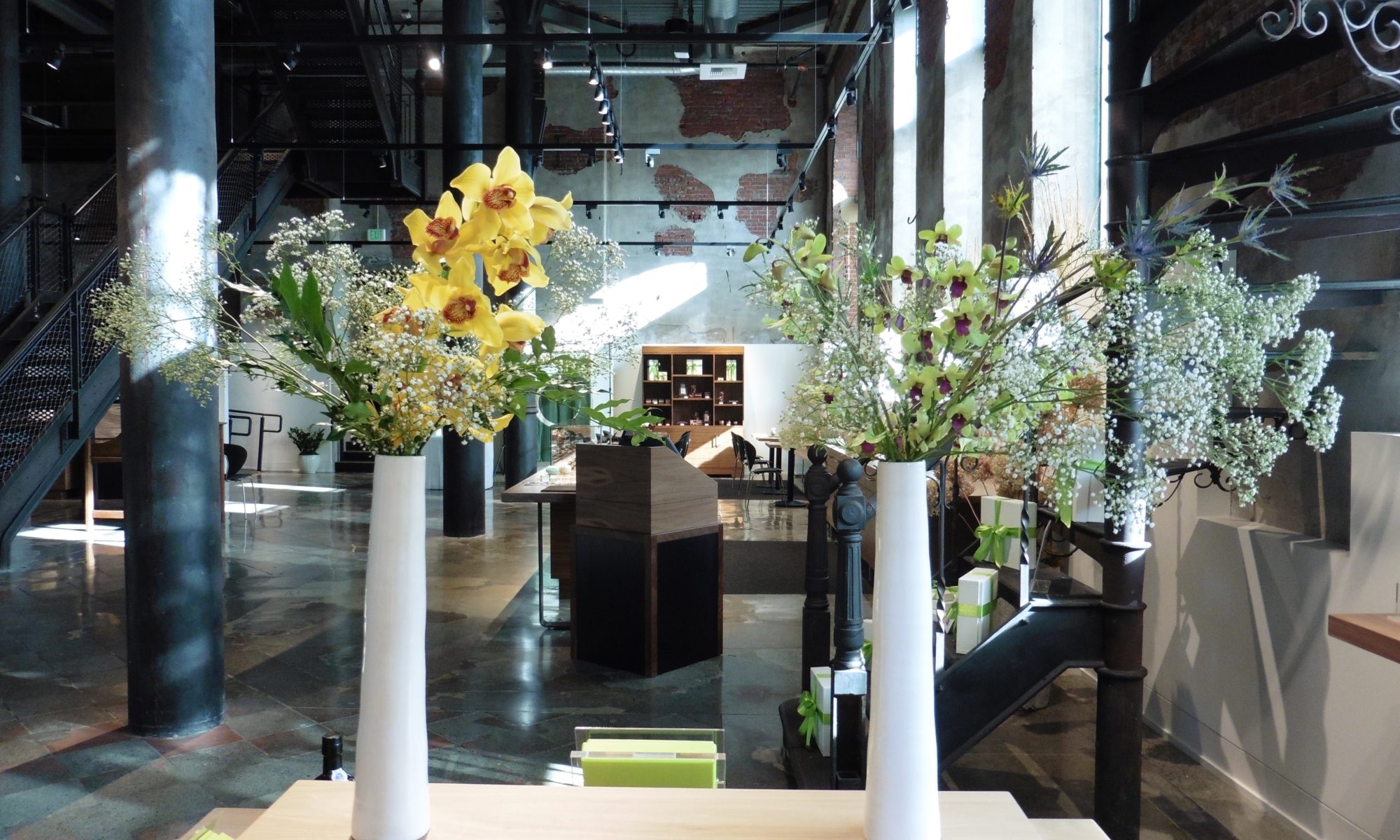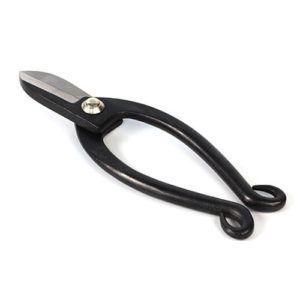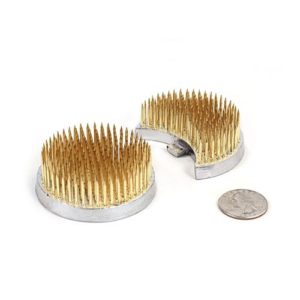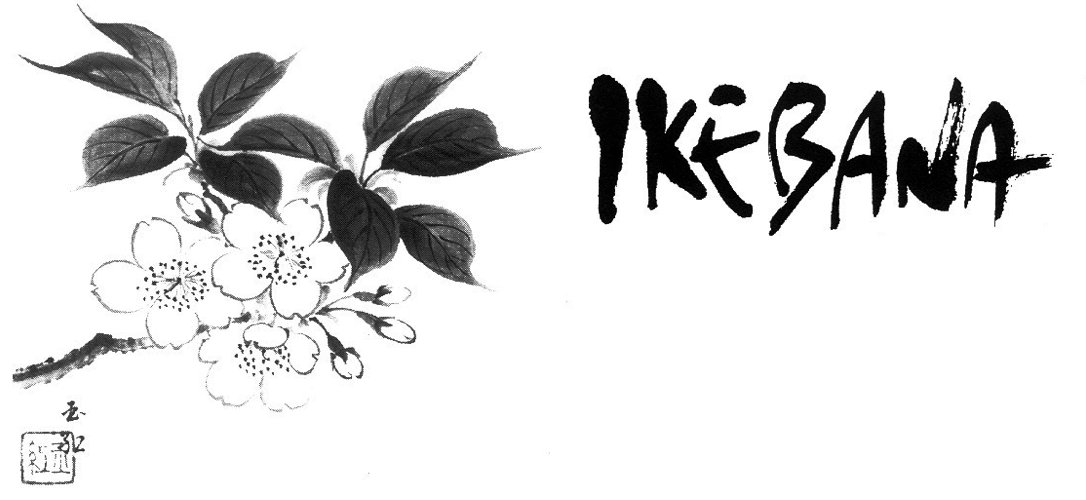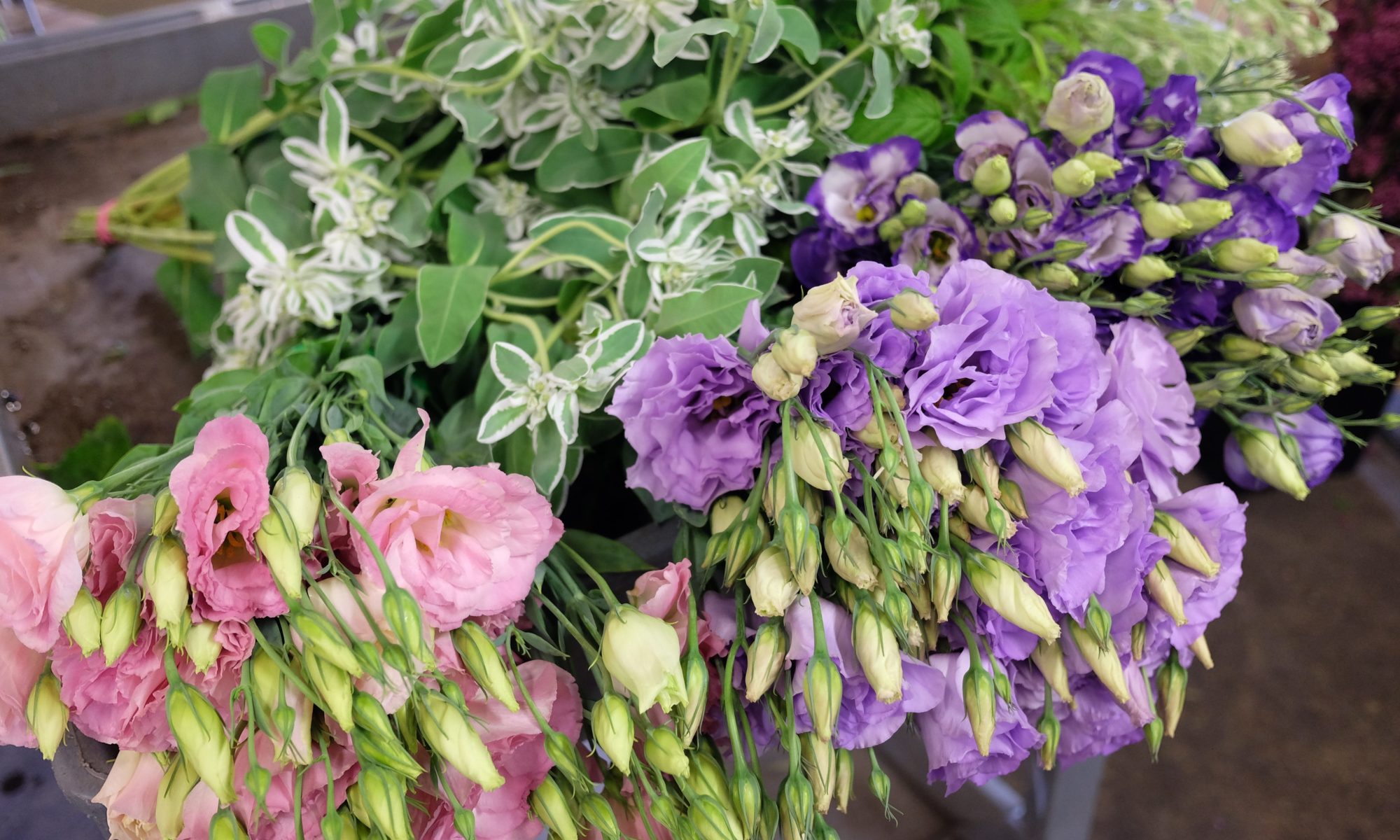This weekend is exciting, because three Ikebana events are scheduled in Seattle area! Events are all admission free. I hope you will enjoy at least one of them. All the more exciting if you get to enjoy all of them!
Gallery Flowalk by Sogetsu Mercer Island Branch
Every fall Mercer Island Sogetsu Branch participates in the 1st Thursday Art Walk in Pioneer Square. This year the event will be at 9 participating galleries in Pioneer Square on Thursday, October 5 through Saturday, October 7.
Obviously, the word “Flowalk” is made up with flower and walk. Meander around art galleries in Pioneer Square, and you will run into Ikebana arrangements on the show window, on the counter, or on the pedestal. This combination of fine art and Ikebana art is a fun experience so typical of Pioneer Square! Admission is free.
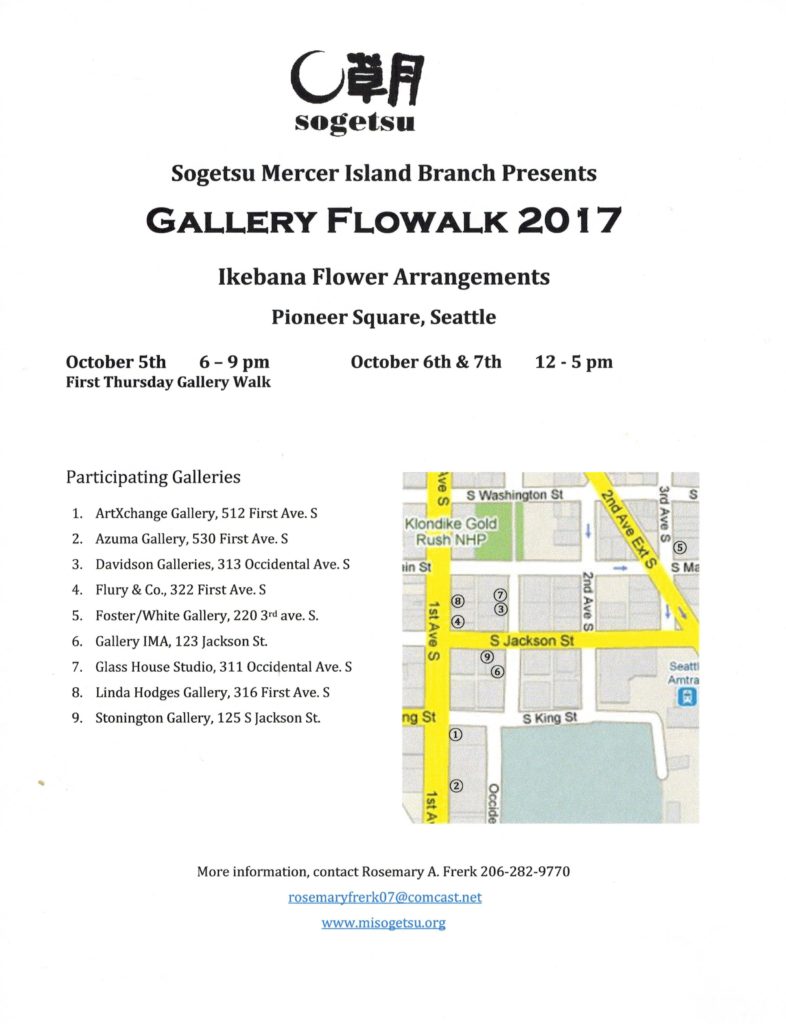
Sogetsu Seattle Branch 2017 Annual Exhibition
Seattle Sogetsu Branch will hold its annual exhibition at Olympic Sculpture Park. This year they are especially celebrating the 90th anniversary of the Sogetsu School in Tokyo, Japan. Here, too, you will get to enjoy the wonderful combination of sculpture and Ikebana art.
The exhibition will be held on Saturday, October 7 10am – 5pm, and Sunday, October 8 10am – 4pm. Ikebana demonstration will be held at 1pm and 2pm on each day. There will also be opportunities for attendees to create their own Ikebana!
Location:
Seattle Art Museum Olympic Sculpture Park Paccar Pavilion
2901 Western Ave., Seattle WA 98121
(parking in Pavilion garage)
Japan Week
On Saturday October 7, Japan Week will be celebrated at Bellevue College. Ikebana International Seattle Chapter 19 will be exhibiting Ikebana arrangements.
During the first week in October, Bellevue Colle is having cultural and educational workshops and demonstrations for its students, faculty and staff, hence called Japan “Week.”
The last day (October 7), is open to public, and offers exciting activities, Japanese food, Japanese music and performances, movies, exhibitions and workshops for all ages to enjoy. Ikebana International Seattle Chapter 19 is one of the participants and there will be many Ikebana displays.
Location:
Bellevue College
3000 Landerholm Circle SE, Bellevue, WA 98007
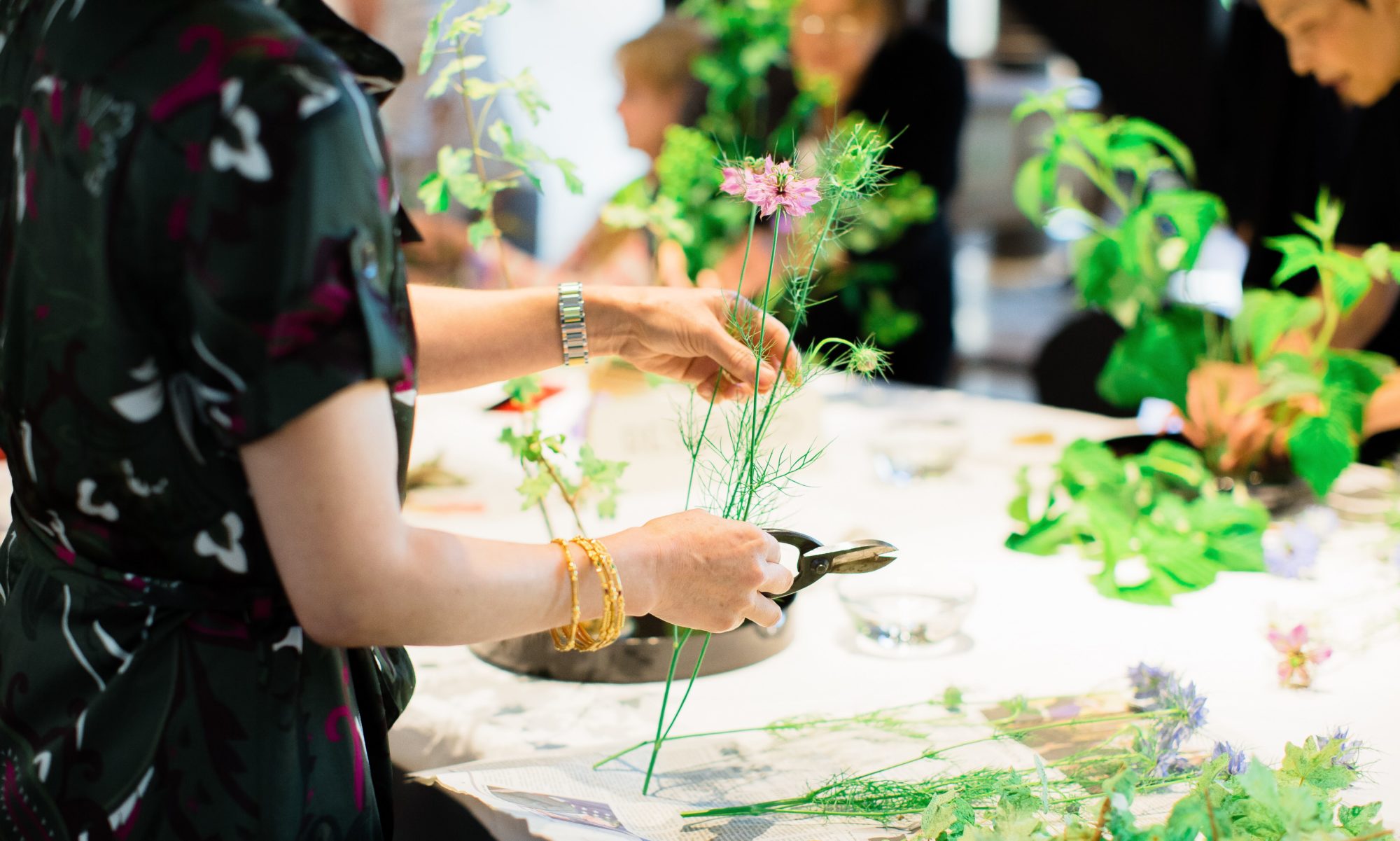

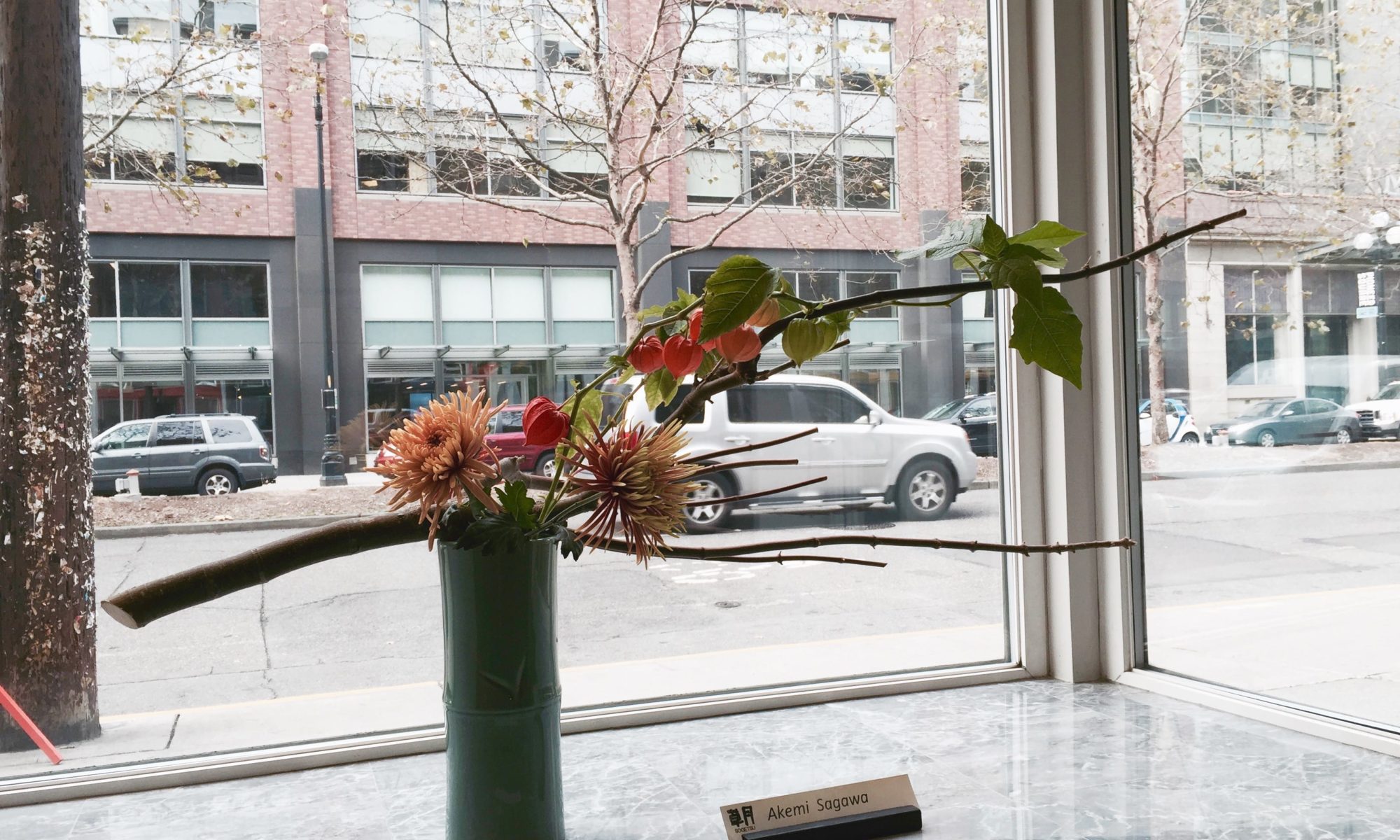

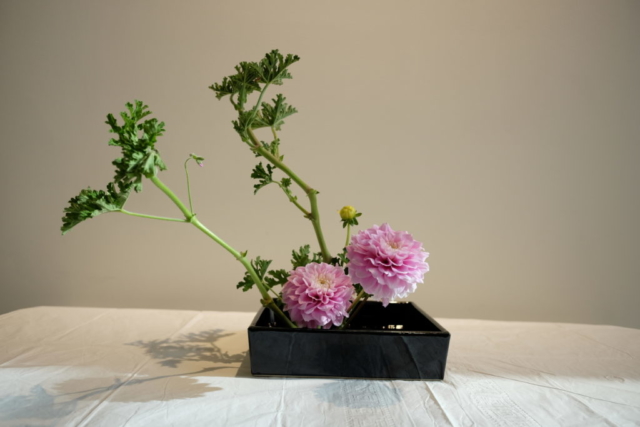
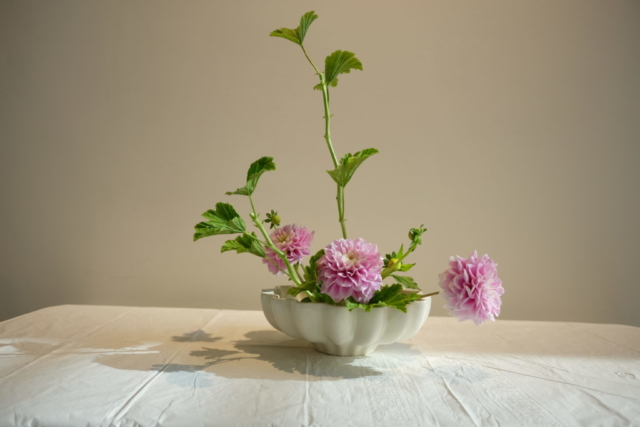
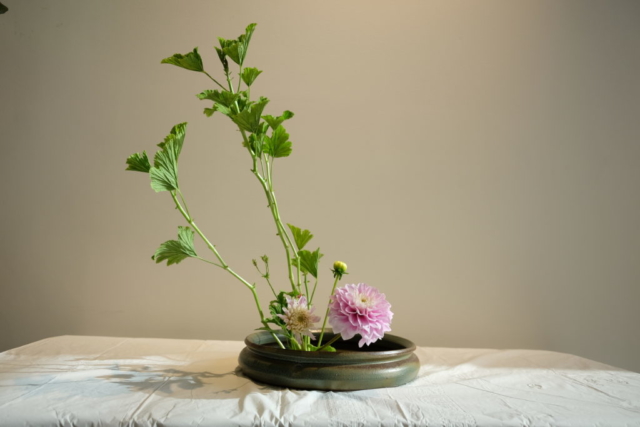
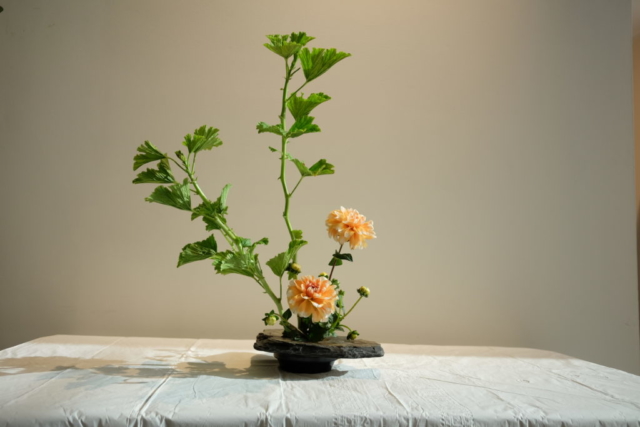

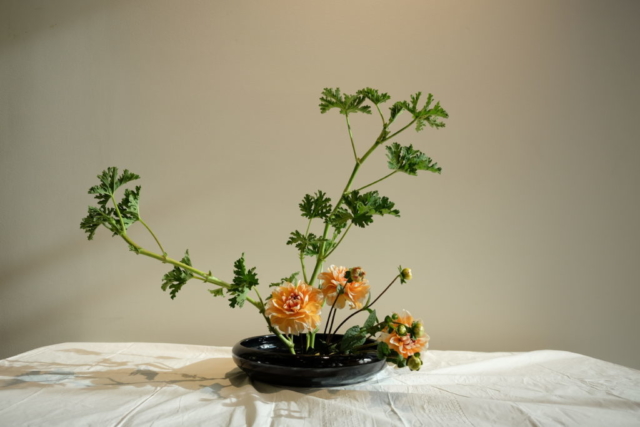
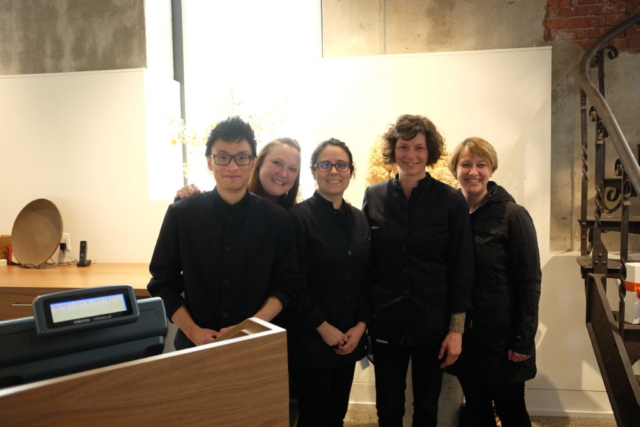
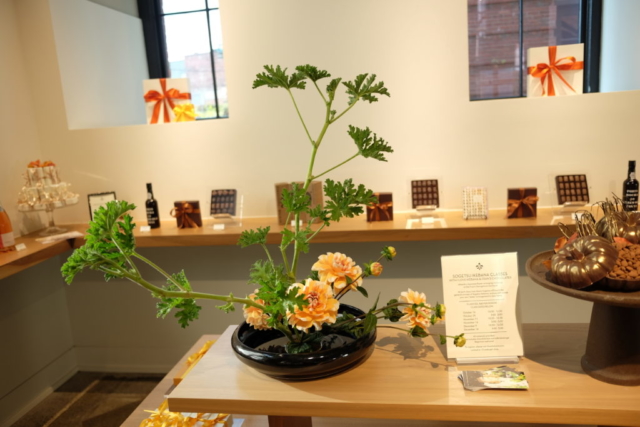
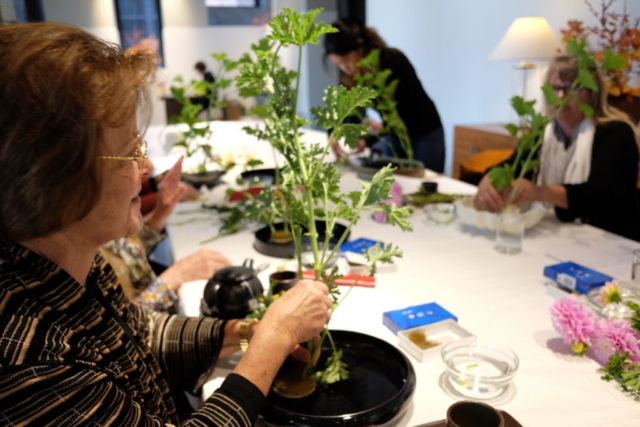
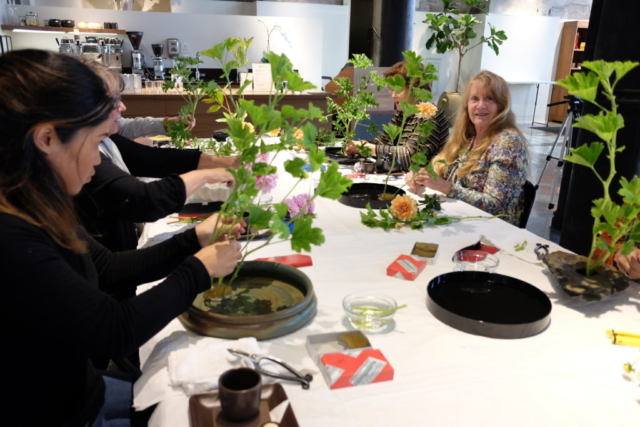
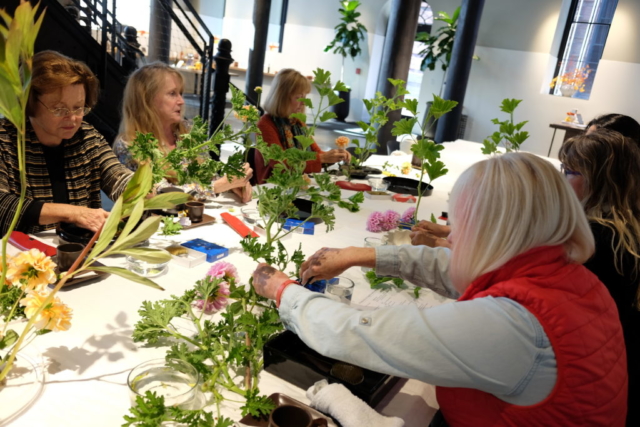
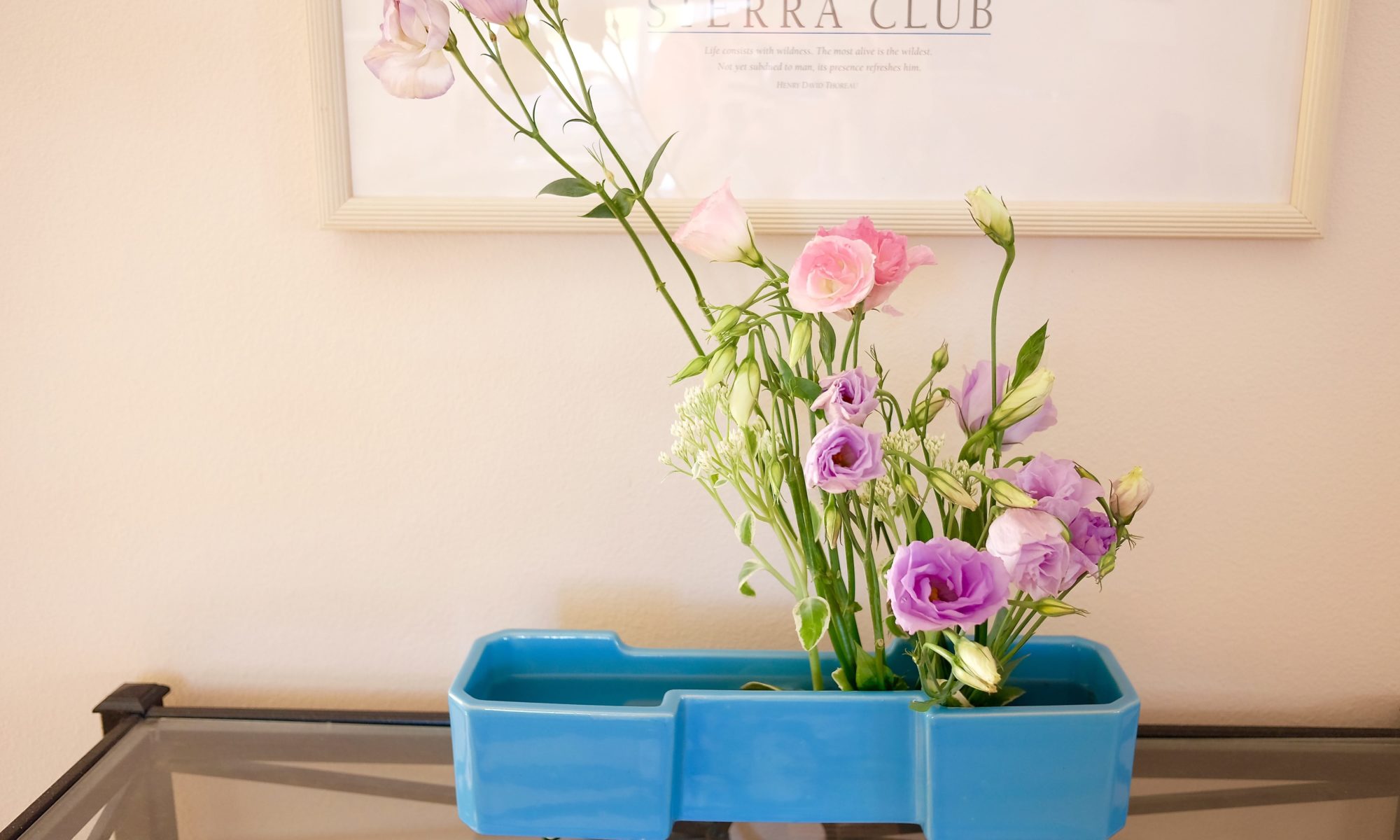
 With flowers
With flowers


